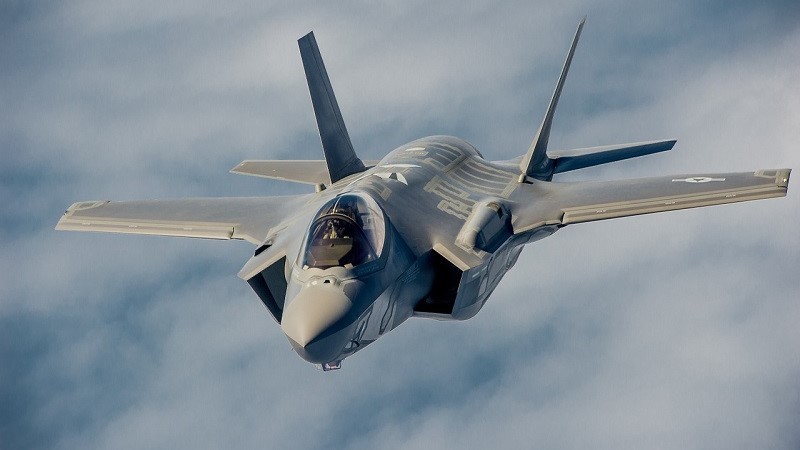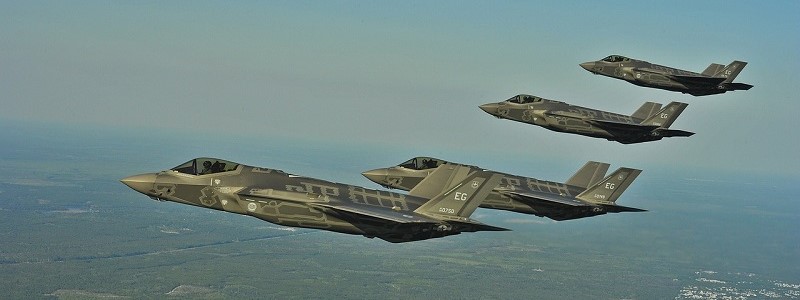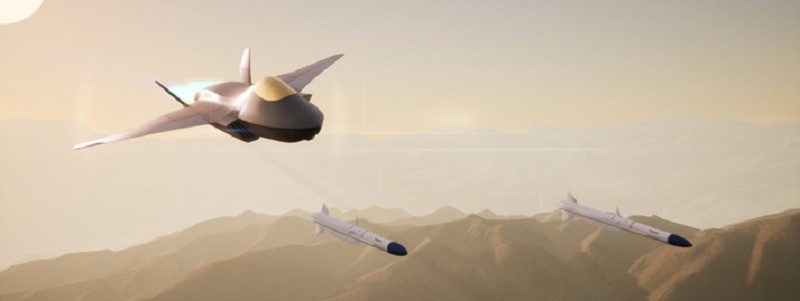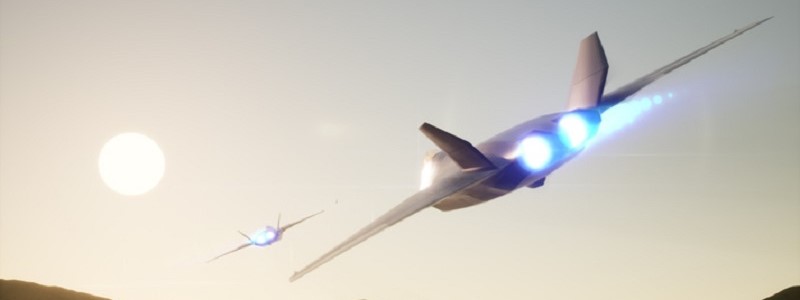

Lockheed Martin (and their shareholders) have breathed a collective sigh of relief having reached a ‘handshake agreement’ with the US Department of Defence for hundreds of F35 joint strike fighters, worth $34 billion.
It’s welcome news as Lockheed Martin have been struggling to reduce production costs, bringing the fighter's future in to question. At present, the F35A costs the USAF around $44,000 per hour to operate. Which is too high, even for them.
Alarm bells must have been ringing when earlier in the year the DOD put in an order for 80 Boeing made F15EX fighters – an airframe that’s been in service since the 1970s.
When the most advanced and well-funded air force in the world is buying 50-year-old planes it really is time to up one’s game.
Lockheed has promised that a comprehensive list of improvements will reduce operating costs down to $25,000-per-hour by 2025.
While Lockheed undoubtedly has the talent, shaving $19,000-per-hour is a big task.
The DOD agrees, with the Director of Cost Analysis and Programme Evaluation – Robert Daigle being quoted as saying:
‘The department doesn’t see a path to get to $25,000 per flying hour by [fiscal year 2025].’
The Pentagon’s own estimates put the costs at around $34,000-per-hour by 2024 at which point costs will plateau.
Lockheed Martin insists that they know their infrastructure and their components and are adamant that they can meet the $25,000-per-hour cost but the time 2025 rolls around.
Giving the defence manufacturer 6 years to get their house in order.
Now the F35 is in use, Lockheed Martin has the data it needs to determine where the fighter performs and where the challenges lie.
Indications are that the later lots of jets are performing far better than the first drops delivered to the US and UK air forces.
According to the manufacturer, 73% of their components have never failed and 95% exceed their reliability requirements. If accurate it should be relatively easy for Lockheed Martin to identify where the problems are and resolve them.
But – for all the Pentagon’s scepticism - the $34 billion agreement suggests that they’re invested in the fighter one way or the other. Considering the programme is expected to cost $1.5 trillion over its 55-year lifespan, their hands were more or less tied.
The delays and massive overrun costs have forced the US to go all-in on the jet whether they want to or not. If the jet flops, then it could put Lockheed Martin in serious trouble and humiliate the world governments that ploughed millions (or billions) of taxpayer’s money into the project.

However, the bulk purchase of 478 F35s – across the various types – will help to reduce costs – between ten and fifteen per cent. Crucially the F35A’s price will drop below the bargain price of $80 million per unit.
The order by the US is as much about making a statement of confidence in the plane as it is addressing the urgent need to modernise elements of the USAF’s fleet.
Lockheed Martin is hoping to sell 4,600 units over the course of its lifecycle with key project partners taking up the bulk of that. The US alone are expected to buy 2,663 during that time.
Compared to the Eurofighter Typhoon’s 558 worldwide sales, that still leaves a lot of units to shift. Especially now Turkey has been blocked from buying any due to their decision to take delivery of Russian made S-400 anti-aircraft missile systems.
Unveiled at the Farnborough air show in 2018, the Tempest will replace the Typhoon as it leaves service between 2035 and 2040.
It seems the Ministry of Defence and the primary contractors intend on learning from the mistakes made from both the Eurofighter and F35 projects.
With £2 billion already invested, the government will be expecting to see value for money from the likes of BAE Systems.
The Tempest airframe is intended to be flexible – almost to the point of modular – so the aircraft can be quickly adapted to fulfil several combat roles.

Presumably this reflects the unpredictable nature of future theatres as well as the obvious cost savings offered by buying modules over an entire airframe dedicated to a single task.
By the same token, it should make the Tempest significantly easier (and cheaper) to upgrade too.
Such an approach would not only keep the operating costs far lower – beating any target Lockheed Martin hopes to achieve with the F35 – but significantly extend its life expectancy too.
Everything about the Tempest seems to be being designed for long term use as opposed to a decade of development followed by roughly the same of effective combat service before gradually being phased out.
The MOD is also keen to avoid restrictive business practices that made the Eurofighter such a frustrating and expensive project to deliver.
While the Centurion Typhoon is without doubt one of the world’s most formidable combat aircraft, it wasn’t always the case. Extensive upgrades resolved a host of issues including insufficient power to get the plane off the ground when fully loaded.
This was partly due to how the project was structured with the contributing countries jealously guarding their part of the project. Which meant that not everything quite married up.

The way the Tempest project is being structured is to avoid all those challenges, operating much in the same way Airbus did when it was first founded:
Identify where the best skill sets are for specific parts of the project and leave politics to the politicians.
Potential partners include Japan, Sweden and Turkey but it will be some time before we know for definite who will be involved long term.
Even with the requested $718 billion for its 2020 defence budget, the Pentagon has finally started to notice where the runaway costs are happening. Even the new Gerald R Ford Class aircraft carrier has been forced to extend its sea trials, continuing into 2021 at the additional cost of $780 million.
Although just a 6.19% increase against the overall cost of the aircraft carrier, it’s a substantial amount of money that could have bought another 9 F35s. Or paid for 17,727 hours of operational costs at the current rate.
The F35 is an incredible achievement and without doubt one of the most formidable weapons of war in the world. But there’s no denying the project had its challenges that will ultimately mean that the end-user will foot an excessively high operational bill.
With China and Russia developing their own next-gen aircraft, Western powers currently have very little choice but to pay it. But the US and other governments will be looking to Lockheed Martin to reduce those costs.
KDC Resource is an expert recruiter of technical and engineering talent into the defence industry. If you’re looking for a new role upload you CV today. Or if you have requirements that we can support you with, contact us and a member of the team will be in touch.